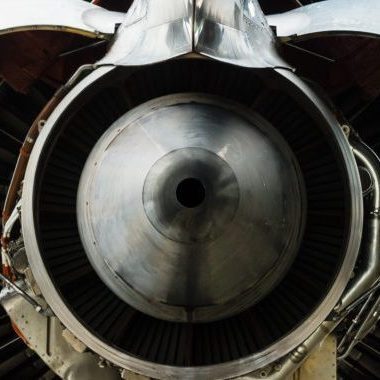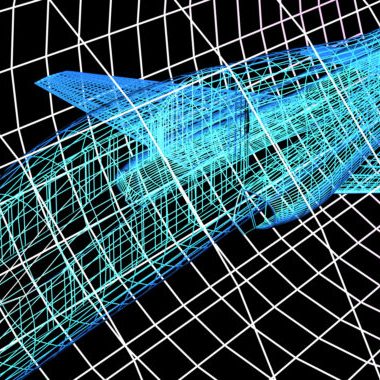International MSc degree in Aerospace Engineering
The Master’s Degree Course in Aerospace Engineering continues the training of the aerospace engineer and prepares the student for managerial research and development functions in the manufacturing industry, space agencies and related services. The training offer is organized into two curricula, one with a predominantly spatial character and one with a predominantly aeronautical character, with some courses in common. Participation in design, experimentation and analysis activities in teaching and research laboratories is also envisaged.
Program
The Course of Studies at the University of Padua was born as a natural educational outlet for a research activity in the aerospace field started by prof. Giuseppe Colombo since the early 1960s. The training course of the master’s degree in Aerospace Engineering is essentially divided into two areas: – the first specifically addressed to the space sector, with courses in Space Systems and Systems, Astrodynamics, Space Propulsion and Space Robotics; – the second aimed at the aeronautical sector, with courses in Aeronautical Propulsion, Mechanics of Atmospheric Flight, Computational Fluid Dynamics and Air Conditioning Systems. Common to both curricula is a basic preparation of the Aerospace engineer (Aerodynamics and Aerospace Construction) and of the industrial engineer in general. A non-negligible part of the preparation within the Master’s Degree is linked to the degree thesis which constitutes the paper required for the final exam. In the preparation of the paper, which must have characteristics of originality, the student must demonstrate, in addition to the mastery of the topics covered with interdisciplinary developments, the ability to operate in an autonomous and concretely effective way. In the current course of the Master’s Degree, the presence of basic subjects has been eliminated, transferring them to the first level for a better didactic progression. It is expected that the student has already acquired during the three-year degree the wealth of knowledge in the basic disciplines necessary to advance with competence in the chosen professional field, it being understood that in-depth studies, especially on advanced mathematical topics, can also be chosen from optional courses. in the Master’s Degree. In this way, specific preparation in the aerospace field is predominant, both with courses in the characterizing sectors, and with courses of a similar type that belong to industrial engineering but which lend themselves to being applied in specific fields of aerospace engineering. The training course is then completed by a certain number of free or restricted choice courses, which include laboratory courses in characterizing subjects and courses with a strong educational value such as Automatic Controls, Satellite Navigation, Optical Instrumentation for Satellite and others that may be offered. in the different academic years.
Job opportunities
The entire training course pursues the objective of creating a professional figure who, in addition to possessing a solid preparation in the basic disciplines and industrial engineering, has acquired a deep experience in the various specific areas of the aerospace sector and therefore constitutes that professional figure which is requested by industries and research bodies operating in this field both in Italy and abroad. It should also be emphasized that this cultural background harmonizes well with the continuation of studies at the third level of university education represented by the PhD. In fact, it should be remembered that the three-year Doctoral School in “Sciences, Technologies and Measurements for Space (STMS)” is active in Padua.
Teaching staff
The professors have a significant teaching and scientific research experience, which is implemented through consolidated collaborations both with companies, with national and international space agencies and with leading research groups. The graduate in Aerospace Engineering trained in Padua therefore appears to have one of the most solid preparation provided in Italy and particularly appreciated abroad as well.
Access
For national students
Natural access to the Master’s Degree Course in Aerospace Engineering occurs from the 1st level Degree Course in Aerospace Engineering of the University of Padua. This access is guaranteed to all students who have obtained a final grade higher than or equal to 84/110. Students who have obtained a bachelor’s degree in an industrial engineering discipline (class L9) also from other universities, but with a grade greater than or equal to 105/110 have guaranteed access. In other cases, access is possible as long as other criteria are met. Complete information on access to the master’s degree can be found in the regulations.




